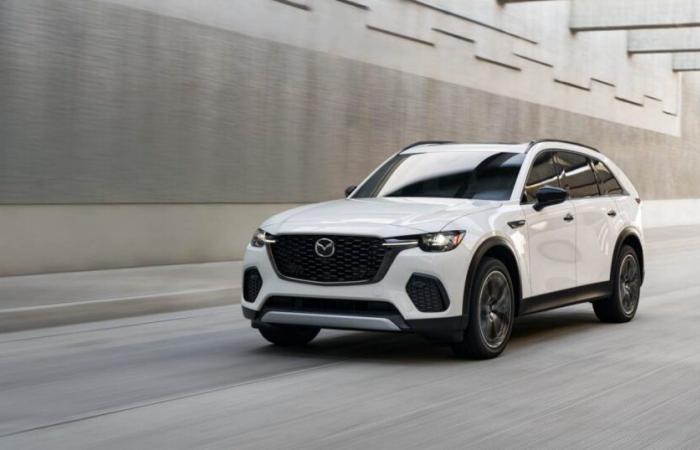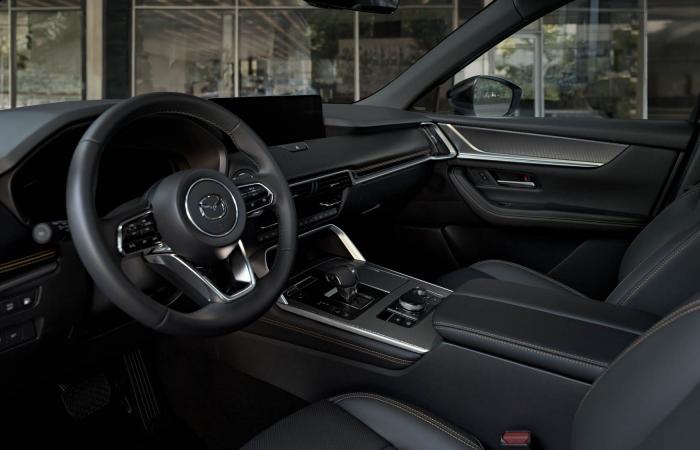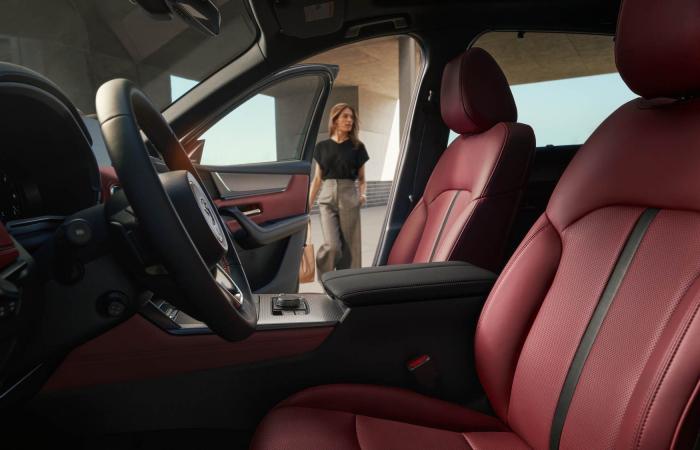“I’m about to buy a Mazda CX-70 2025 and I wonder which engine to choose between the 6-cylinder in-line mild hybridization of the GT-P version and the 4-cylinder plug-in hybrid of the PHEV GT version. Which do you think is the most advantageous? » -Dany
Answer
Hello Dany,
These are two different offers that will suit different buyers.
The advantages of the 6-cylinder
If you are looking for pure performance, the 6-cylinder version is better suited. Its 3.3 liter displacement, turbocharger and mild hybrid system provide a better feeling of performance. This is a direct result of its higher power, reaching 340 horsepower when using 93 octane gasoline (or higher), and its lower weight than the plug-in hybrid version ( 2205 kg vs 2344 kg). In addition, this engine provides access to a towing capacity of 2,272 kg (5,000 lb), which is not possible with the plug-in hybrid engine, which is limited to 1,588 kg (3,500 lb).
This is also the version to choose if you do not have the possibility of installing a charging station at home, or even if it is impossible to plug the vehicle into a 120 volt outlet which takes longer to recharge , but nevertheless possible within a reasonable time. Finally, the presence of mild hybridization technology with the 6-cylinder lowers fuel consumption in the city; I personally obtained a consumption of 8.5 liters/100 km with this model, after 500 km of travel.
The advantages of PHEV
On the other hand, the PHEV version allows an announced autonomy of 42 kilometers. In tests that I carried out on secondary roads, I even managed to obtain 52 kilometers of autonomy taking into account the relatively low speed which values energy saving. Obviously, if you are driving on the highway, the range will be less because energy consumption will be higher.
Afterwards, the thermal engine comes into operation, with a consumption of around 8.0 liters/100 km. Please note, however, that the more you use electric mode, by recharging the vehicle as soon as possible, you minimize fuel consumption. Some motorists with this vehicle are able to maintain an average consumption of 3.5 or 4.0 liters/100 km, depending on the trips they make.
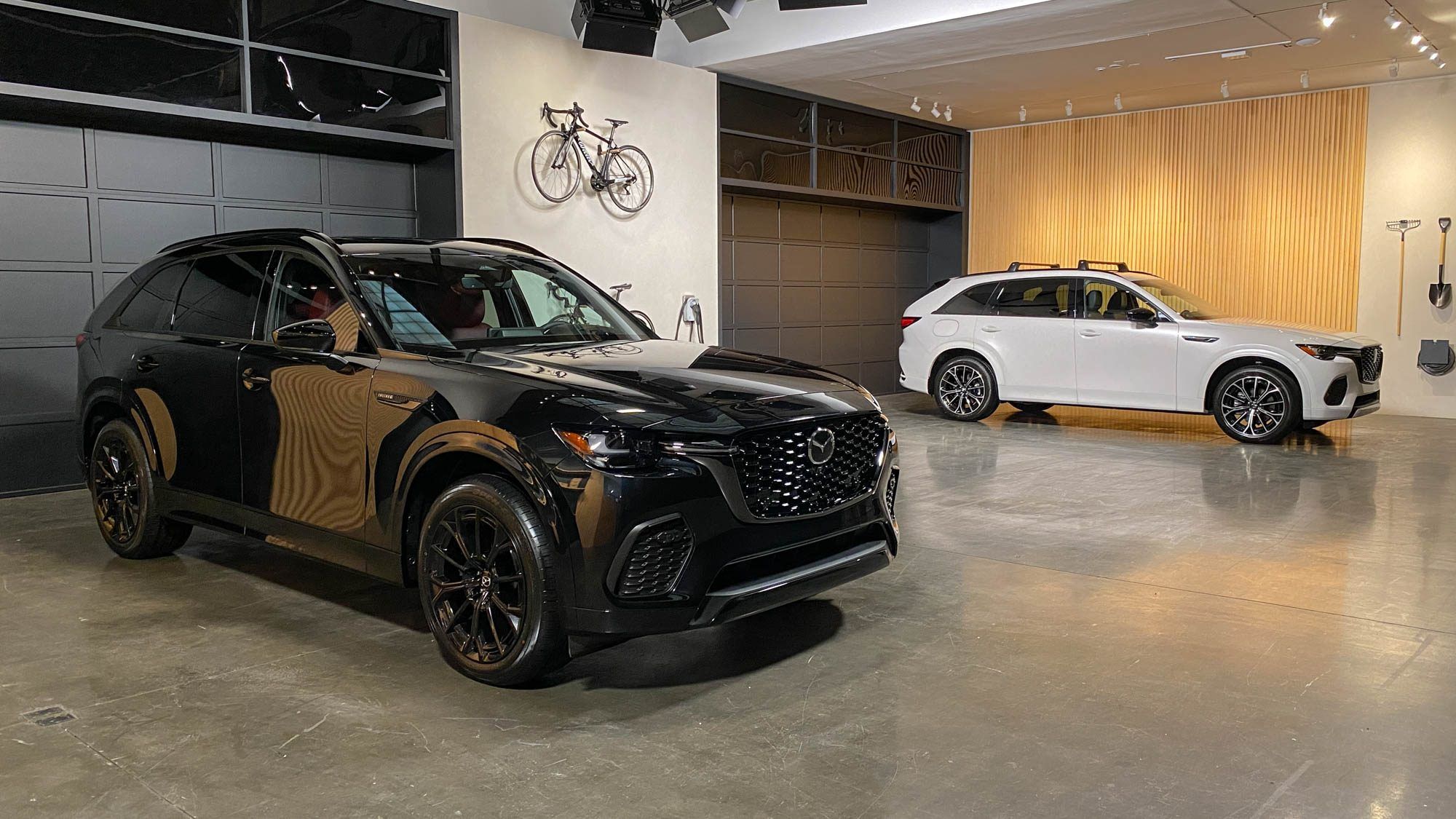
This can therefore be very advantageous for a motorist who uses his vehicle on a daily basis close to his home. Obviously, the advantage is diluted in winter with the obligatory start of the thermal engine due to the cold season, or even if you ask for more power and the thermal engine starts, but generally speaking it is more economical than the 6- cylinders. In addition, these versions are eligible for government rebates which reach $7,500 (until 1is January 2025), which lowers the price to a lower level compared to the equivalent exclusively thermal variant.
This energy saving, however, comes at the cost of less smooth mechanics than the 6-cylinder. It’s as if the marriage of the combustion engine, the 123 horsepower electric motor and the eight-speed automatic transmission lacked grease, since we often feel knocks and noises which are not very reassuring. This is especially the case when you fully depress the accelerator and the rumble from the drive cog joins the concerto. Please note, however, that this rumble is also found on the 6-cylinder variant.
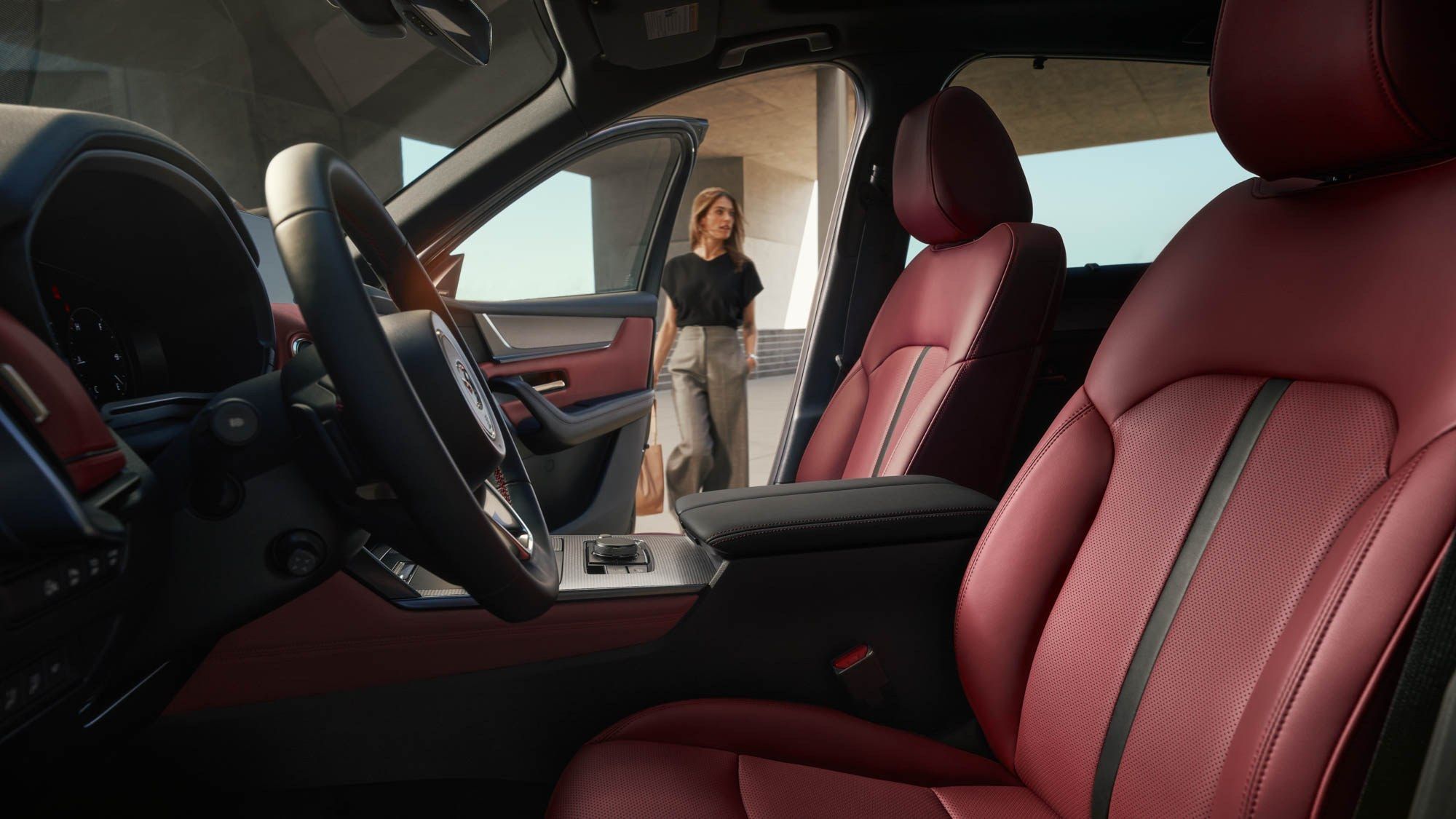
My choice is clear
I feel that for everyday use that includes trips to daycare with the kids and even to work, the plug-in hybrid version is the one to choose. You will benefit from better energy efficiency, and it will be a vehicle that will be less expensive in the long term. However, choosing a 6-cylinder version may be relevant if the PHEV version does not meet your needs, as mentioned above.
Finally, please note that both the 6-cylinder version and the PHEV version are being evaluated by our team in terms of reliability, on which we are still collecting data before making a decision.
MIGHT INTEREST YOU

